

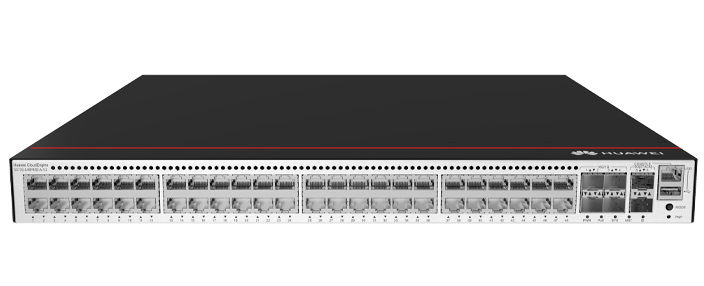
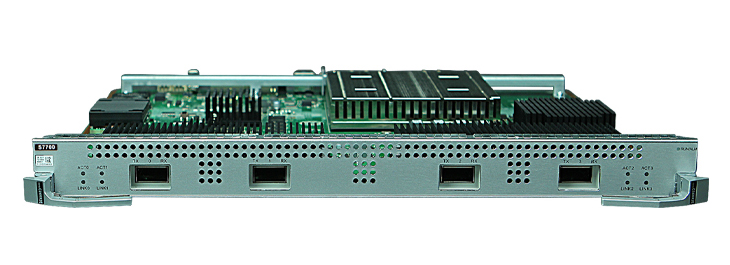

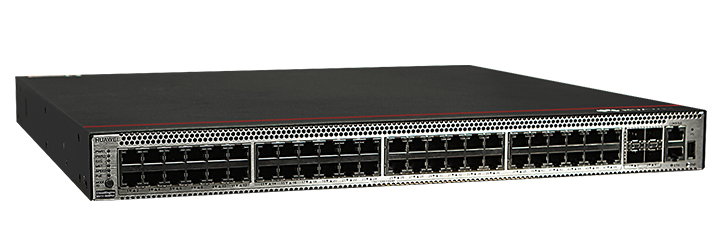
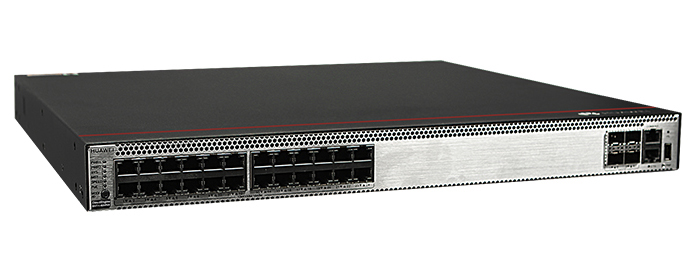
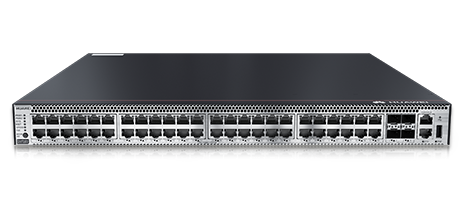

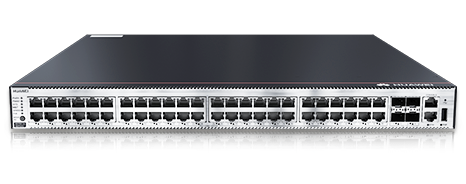
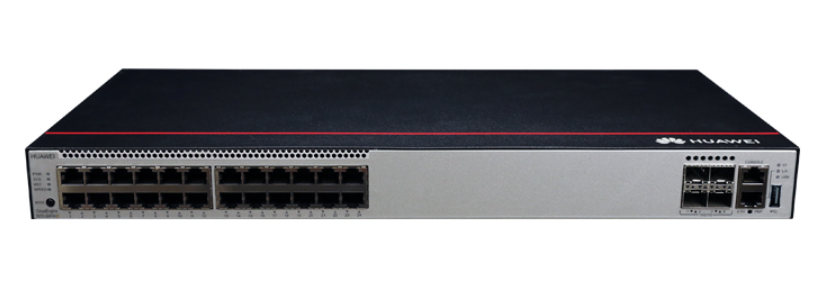
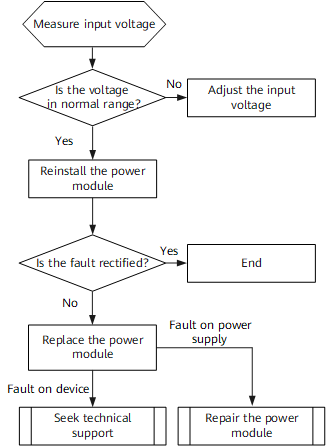
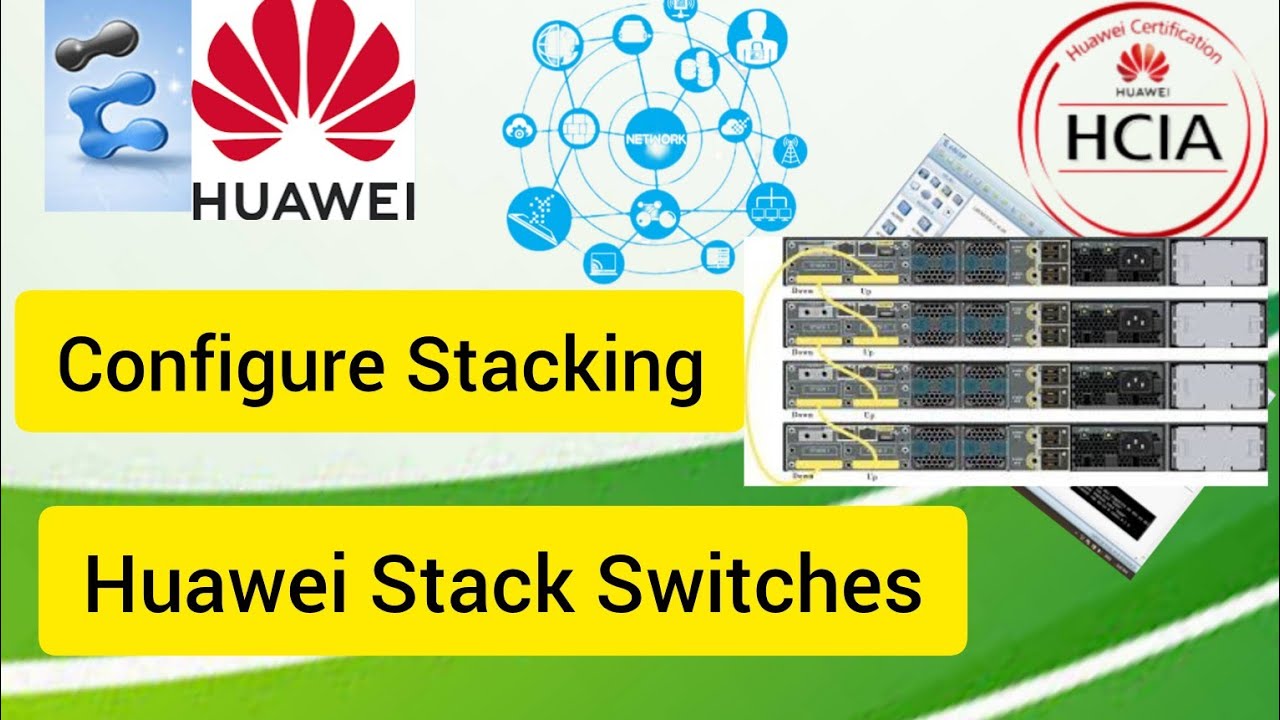

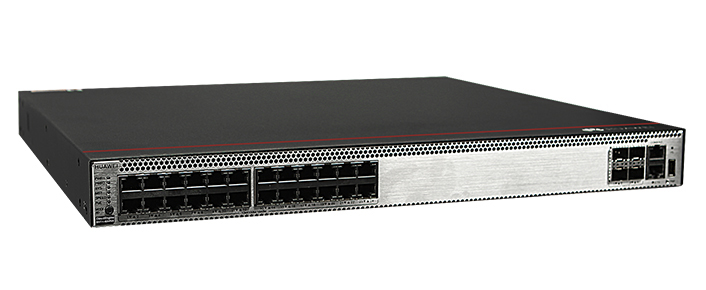
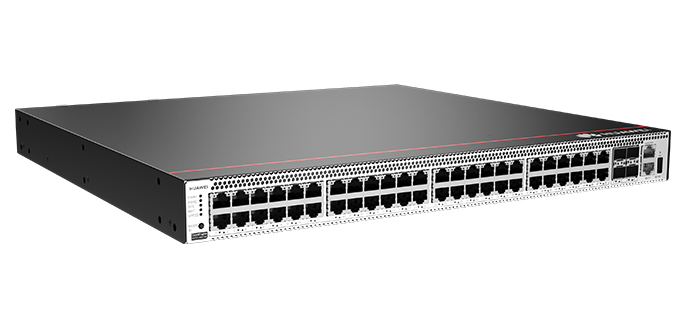
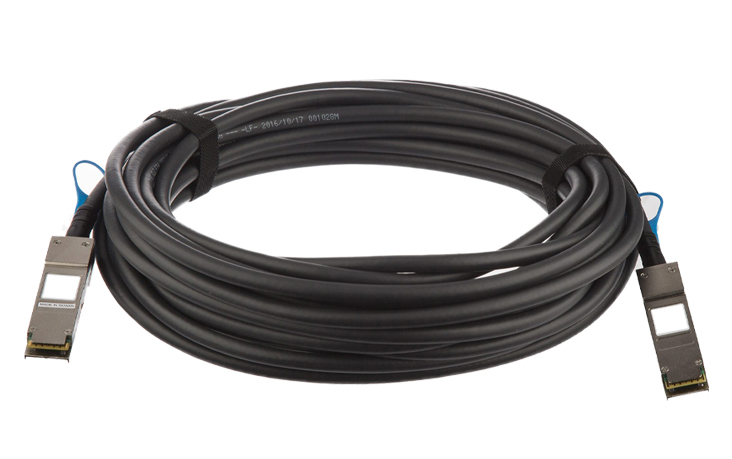
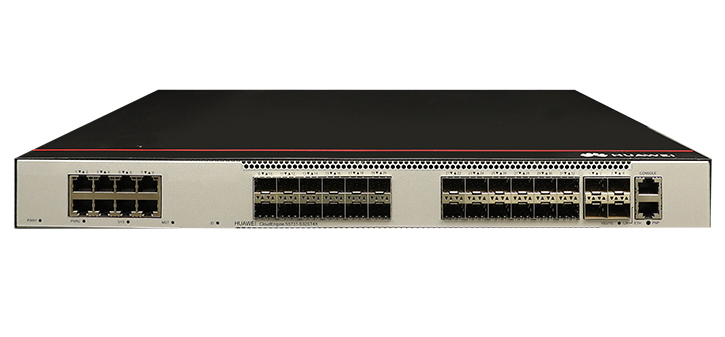
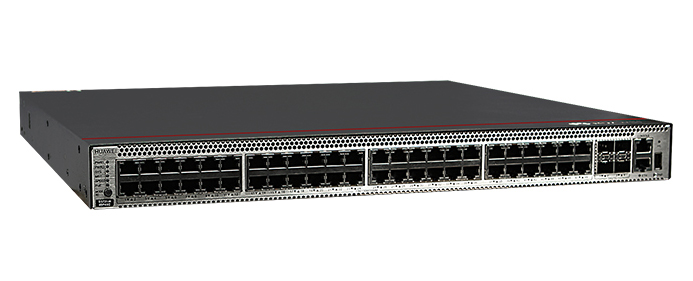
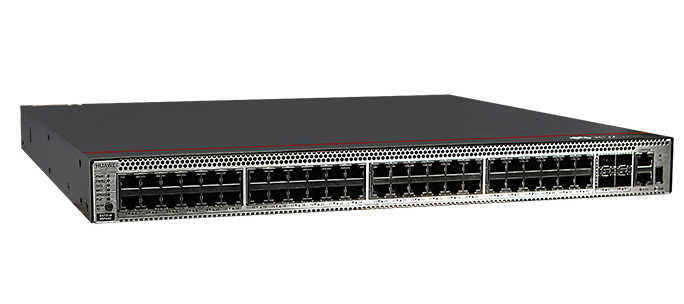
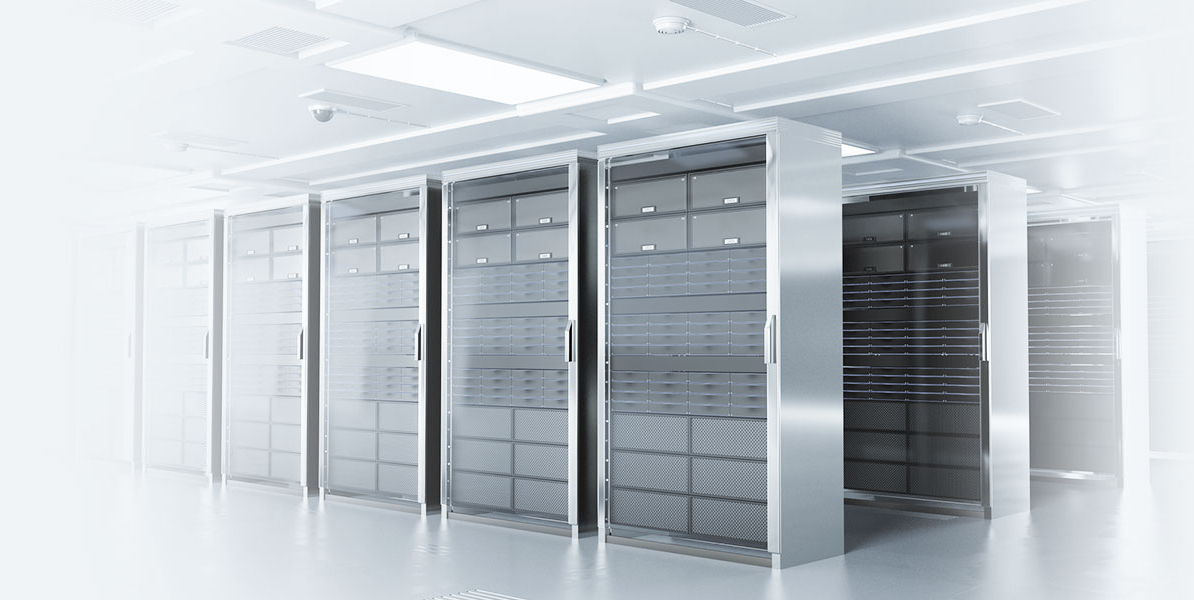
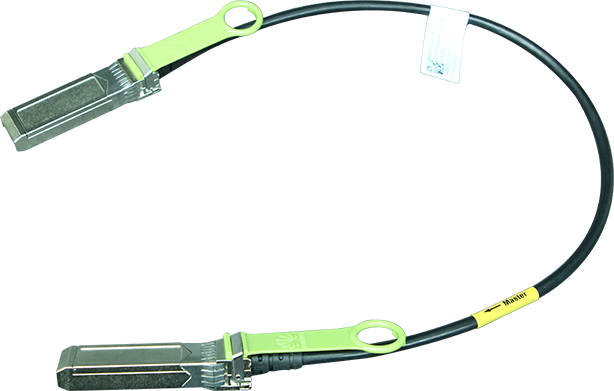
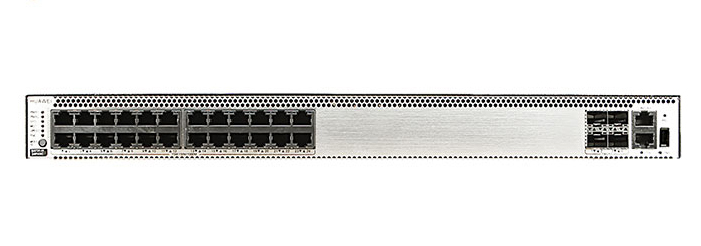


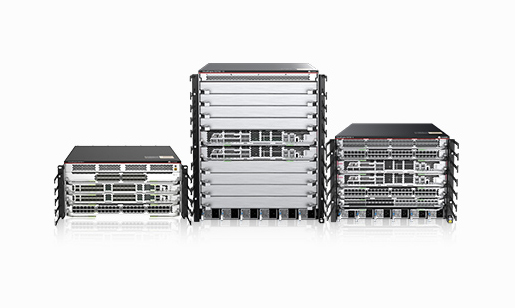
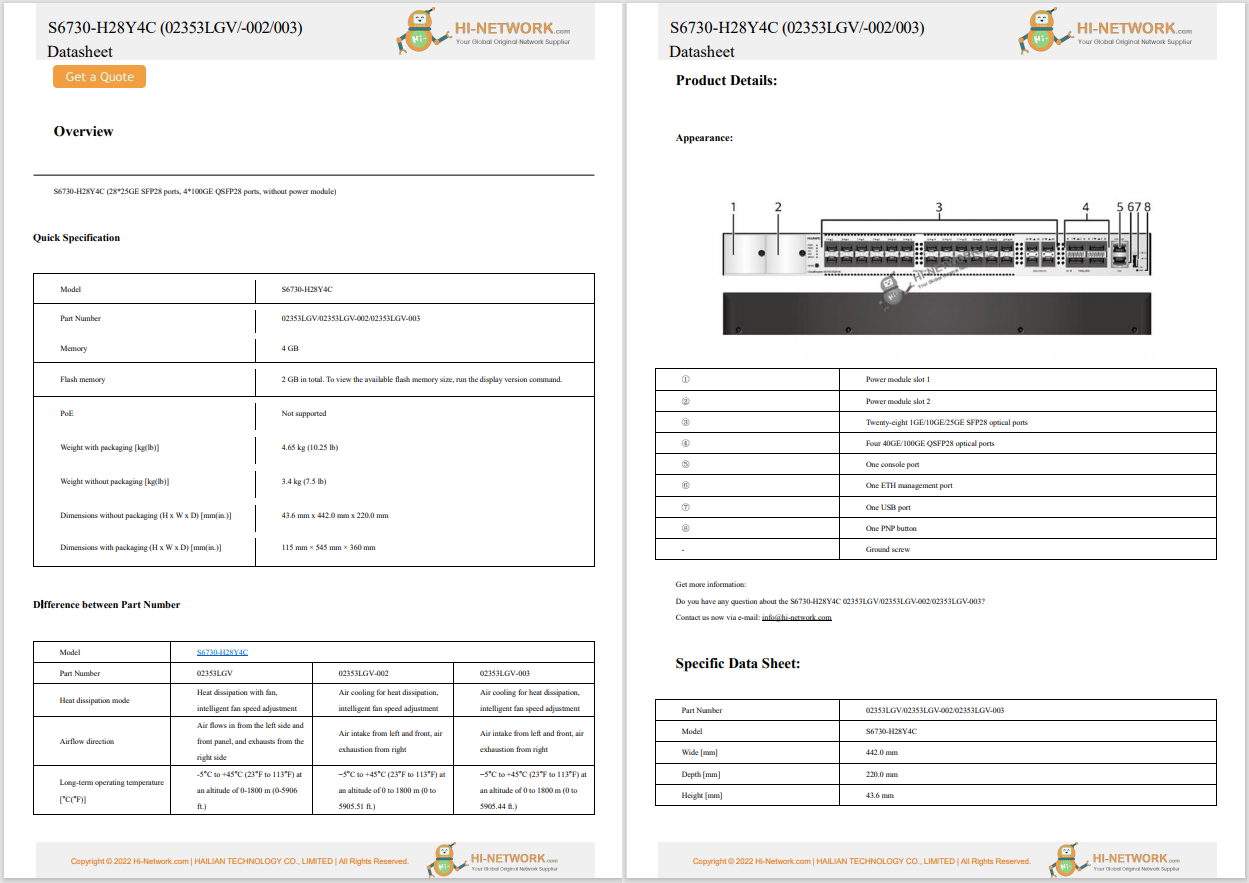

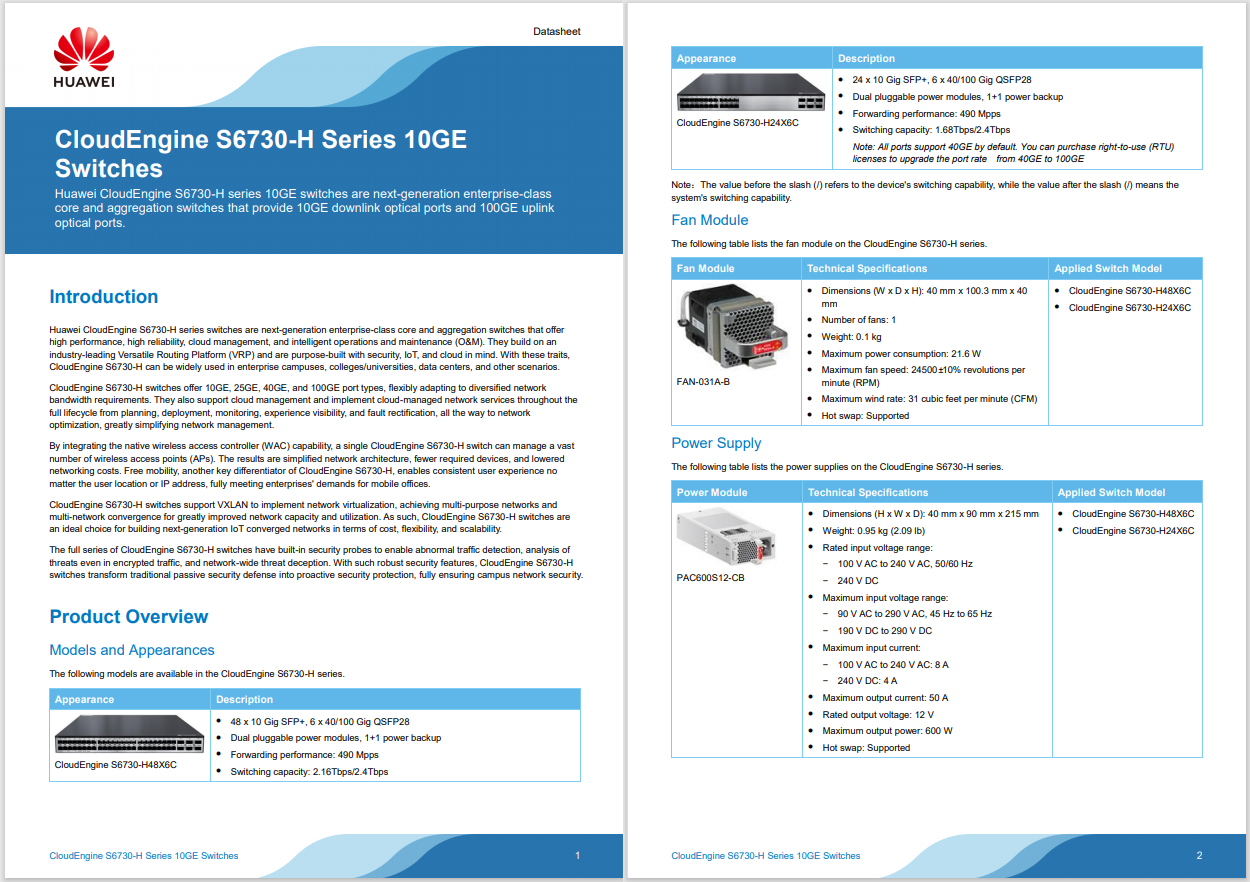
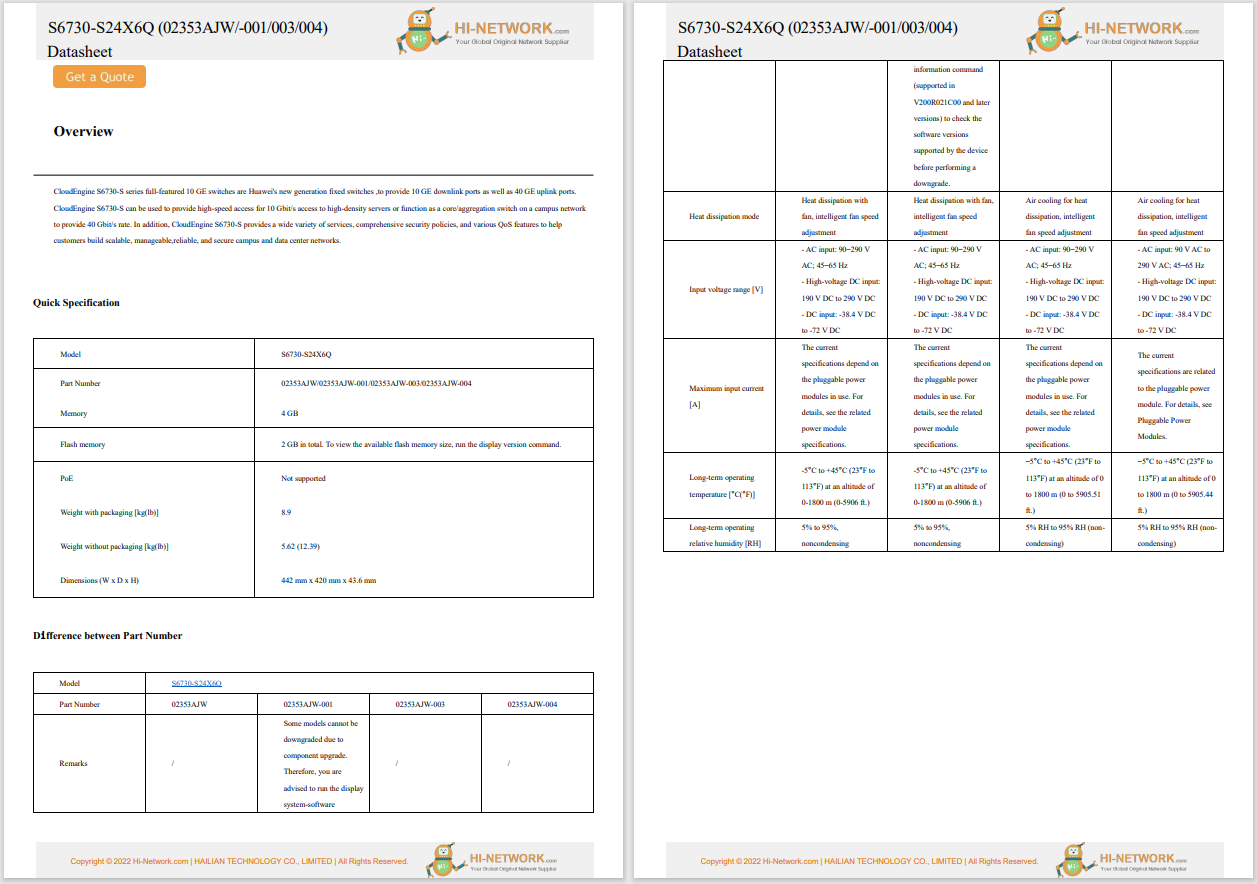

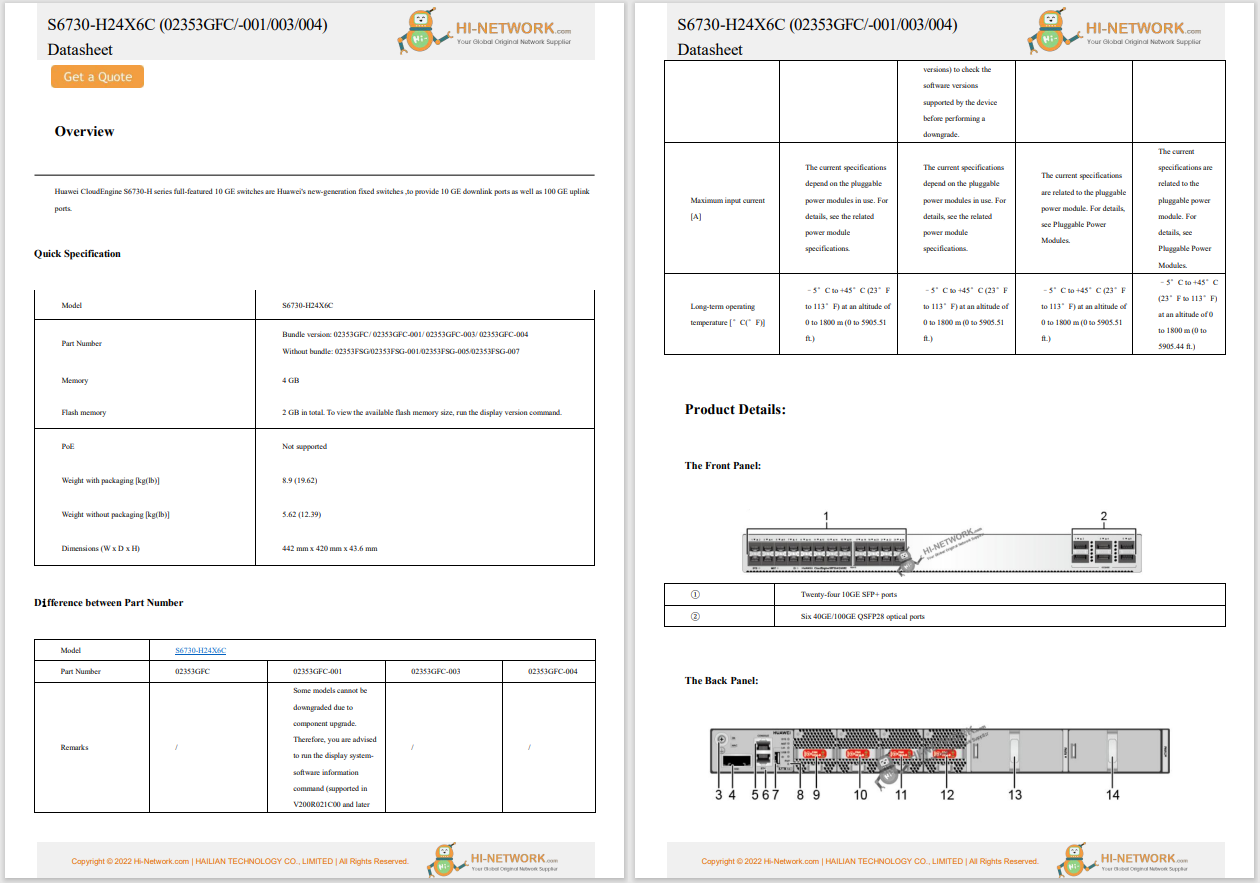
Cat5 cables were the best option for wired networking (also called Ethernet) for a long time. But since the release of Cat6, that's changed. Cat6 is now considered the minimum standard for networking, and for good reason. Here's what's different between Cat5 vs. Cat6 for wired networking.
Cheaper.
Supports 100 Mbps Ethernet at up to 100 meters.
Built to lower manufacturer specifications.
Rarely sold with shielding.
Cables without shielding can be thinner and more flexible.
More expensive.
Supports 1,000 Mbps up to 100 meters, and 10,000 Mbps up to 55 m.
Backwards compatible with Cat5.
Stricter manufacturing specifications.
More shielding options.
Thicker cables can be harder to route.
Cat5 and Cat6 Ethernet cables aren't entirely distinct. They both utilize the RJ45 header to connect to devices and networking hardware and are built using twisted copper pairs.
They both transfer data at high speed across networks at low latency. They're available with various shielding options and different specifications, such as being rated for use behind walls or with additional fire protection.
However, the raw capabilities of Cat5 and Cat6 cables are quite distinct. Cat6 cables can transfer more data much more quickly than Cat5 cables. Since they're built to a higher specification, they're usually cables of higher quality and less likely to have interference.
They gave broader options for shielding, too, though the thicker cables in those cases can make them a little harder to route through narrower gaps or in larger quantities.
Considerably slower than most Wi-Fi standards.
Can't support internet speeds faster than 100 Mb.
Maximum speeds supported by a wider range of networking hardware.
Supports even the fastest internet connections.
Supports 10,000 Mbps up to 55 m and 1,000 Mbps up to 100 m.
Requires faster networking hardware to take advantage of greater performance.
There's no real comparison between Cat5 and Cat6 Ethernet cables when considering raw performance.
Cat5 is the older, slower standard, limited to a maximum of 100 Mbps on Ethernet cables up to 100 meters. At that speed, devices from as far back as 20 years ago are covered, so compatibility isn't a problem. However, faster networks are increasingly common today, and 100 Mbps is considerably slower than even older Wi-Fi standards.
Cat6 Ethernet cables support Gigabit Ethernet (1,000 Mbps) for cables up to 100 m long, but if you keep the cable running under 55 meters, you can enjoy 10,000 Mbps. To take full advantage, you'll need hardware on your router/switch and connected devices that supports that speed, but the option is there for those transferring massive data collections around a local network.
Shielding options are available at additional cost.
Lack of shielding makes cables lighter, easier to install, and cheaper.
Lower manufacturer specifications make cables themselves more susceptible to EMI and crosstalk.
Options for foil wrapping, metal braids, and splines.
Shielding and thicker wire gauge can make cables thicker and harder to route through tight spaces.
Higher build quality makes cables better protected against EMI.
Shielding can protect a cable and the data it's transferring from electromagnetic interference and interference from the other wires in the cable (crosstalk).
Cat5 cables are typically sold unshielded, but you can pay extra for shielding in some cases-the options are just more limited than those of Cat6. That does make Cat5 cables typically cheaper to transport and easier to install, as they're more flexible without shielding and have a thicker wire gauge.
Cat6 has a thicker wire gauge as standard, and with shielding like foil wrapping, plastic spline dividers between the twisted pairs, and metal braids, they can offer much greater protection against interference.
This protection is only relevant in busy apartment buildings, offices, and data centers, where many other electronic devices and Ethernet cables are present. It doesn't hurt, either, but the additional shielding and wire thickness can make the installation and transport of Cat6 a little more tricky.
Outdated performance.
Much less convenient than Wi-Fi.
Works with newer Ethernet standards.
Supports performance well in excess of what most people need.
Is backwards compatible with Cat5 and other older Ethernet standards.
If you're building or upgrading a wired network that you want to continue to be performant enough to be useful in the future, there is no comparison. Cat5 cables may still be available, but they are outdated, have poor performance, and have limited shielding options. Most modern devices support faster Wi-Fi speeds, and the limited shielding options make them a poor choice in busy environments.
Cat6 cables offer the kind of performance that data centers and high-end professionals can use now, but 10,000 Mbps Ethernet is well ahead of what average consumers need. A high-end internet connection can saturate Gigabit Ethernet at longer distances, but Cat6 can go far faster than that at more typical cable lengths under 55 m.
Cat6 is also backward compatible with Cat5, so you can replace older cables with Cat6 piecemeal if you prefer. Replacing all networking hardware with faster gear and Cat6 cables means you can use the available speed to its full effect.
There are real performance and shielding reasons to choose the newer standard, though many of the network cables you use today may be Cat5.
Cat5 and Cat6 Ethernet cables are both fine for transferring data around a wired network, but there is no competition when it comes to choosing one over the other.
Cat5 is old and outdated and has limited shielding options. Cat6 is not only far faster and offers credible competition for today's fastest Wi-Fi standards, but it also has a greater array of shielding options and is built to a higher standard, making it a better overall cable.
These improvements make Cat6 a little more expensive, but its backward compatibility and higher quality make it by far the better choice for your network upgrades.
The Best Cable Modem/Router Combos Hot Tags :
Hot Tags :